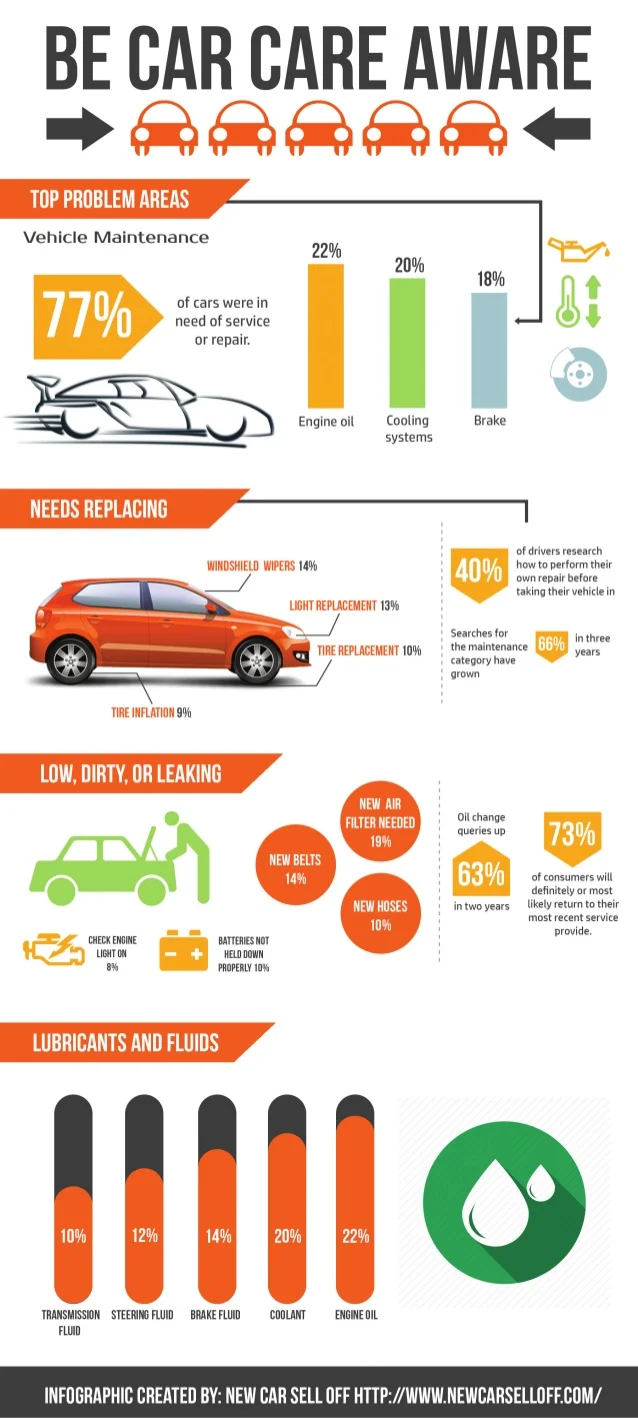Understanding Your Cars And Truck'S Warning Lights: What Do They Truly Mean?
Understanding Your Cars And Truck'S Warning Lights: What Do They Truly Mean?
Blog Article
Staff Writer-Termansen Corbett
When you lag the wheel, those radiant caution lights on your control panel can be a little bit complicated. Do you understand what they're attempting to tell you regarding your automobile's health? Understanding the importance of these lights is vital for your safety and the longevity of your vehicle. So, the following time one of those lights turns up, wouldn't you want to analyze its message accurately and take the needed actions to resolve it?
Common Warning Lights and Interpretations
Identify common warning lights in your vehicle and understand their meanings to make sure risk-free driving.
The most normal warning lights include the check engine light, which signifies concerns with the engine or discharges system. If this light comes on, it's important to have your car checked immediately.
The oil pressure warning light shows reduced oil pressure, requiring instant attention to avoid engine damage.
A flashing battery light could recommend a faulty charging system, potentially leaving you stranded otherwise resolved.
The tire stress surveillance system (TPMS) light notifies you to reduced tire pressure, influencing lorry stability and fuel efficiency. Overlooking this could cause harmful driving conditions.
The ABS light indicates a problem with the anti-lock braking system, compromising your ability to quit quickly in emergency situations.
Finally, the coolant temperature level advising light warns of engine overheating, which can cause serious damage otherwise dealt with quickly.
Comprehending these common caution lights will certainly aid you attend to problems promptly and keep secure driving problems.
Value of Prompt Interest
Understanding the typical warning lights in your auto is just the primary step; the value of without delay attending to these warnings can't be stressed sufficient to guarantee your safety and security on the road.
When https://israelmgaun.activoblog.com/33937678/exactly-how-to-choose-the-right-vehicle-explaining-service-for-your-requirements brightens on your dashboard, it's your car's way of communicating a prospective problem that needs focus. Neglecting these cautions can cause a lot more serious troubles down the road, compromising your safety and potentially costing you more out of commission.
steam clean car to advising lights can stop malfunctions and accidents. For instance, a blinking check engine light can indicate a misfire that, if left ignored, could cause damage to the catalytic converter. Resolving https://oil-change-deals-near-me50493.webbuzzfeed.com/32655125/eco-friendly-auto-explaining-products-you-should-attempt can save you from a pricey repair work.
Likewise, a brake system warning light may indicate low brake liquid or worn brake pads, vital parts for your safety when driving.
DIY Troubleshooting Tips
If you discover a caution light on your dashboard, there are a few do it yourself troubleshooting pointers you can try before seeking professional help.
The initial step is to consult your automobile's guidebook to comprehend what the specific caution light indicates. In some cases the problem can be as simple as a loose gas cap triggering the check engine light. Tightening the gas cap may fix the issue.
An additional typical issue is a reduced battery, which can activate various warning lights. Examining the battery links for corrosion and guaranteeing they're safe and secure could repair the trouble.
If a caution light lingers, you can try resetting it by disconnecting the automobile's battery for a couple of minutes and then reconnecting it. In addition, checking your vehicle's liquid degrees, such as oil, coolant, and brake fluid, can help troubleshoot warning lights associated with these systems.
Conclusion
To conclude, understanding your car's warning lights is vital for keeping your vehicle running efficiently and safely. By without delay dealing with these informs and understanding what they mean, you can stay clear of costly repair work and prospective break downs.
Keep in mind to consult your car's manual for specific details on each alerting light and take action accordingly to ensure a trouble-free driving experience.
Remain notified, stay secure when traveling!
